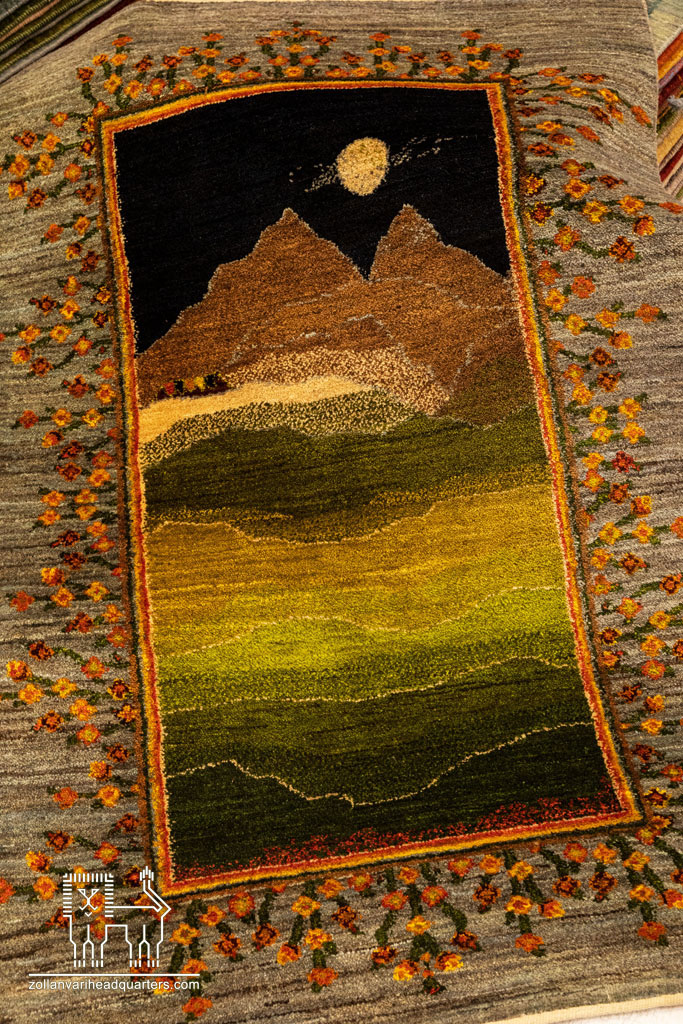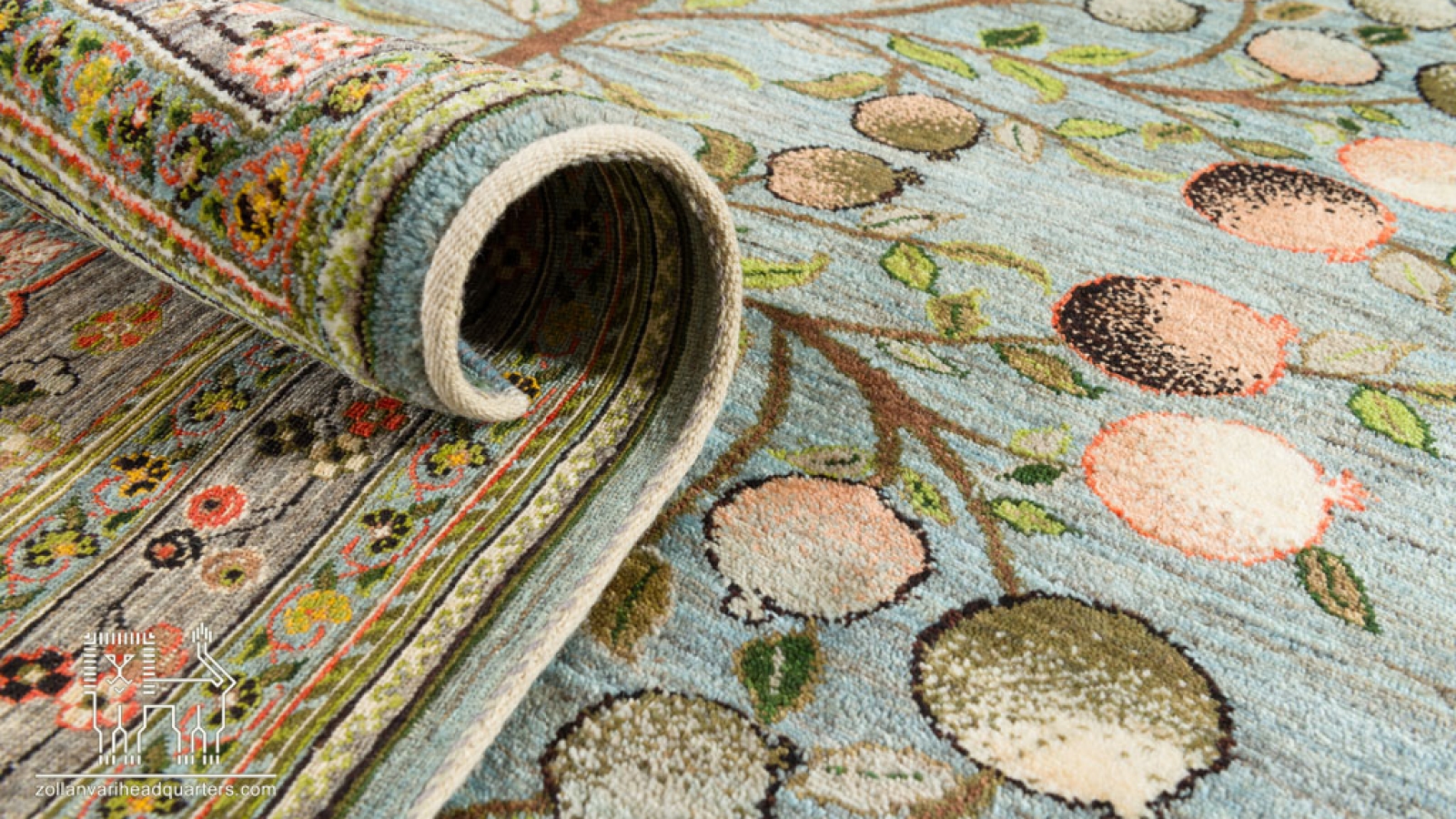Get to Know Gabbeh Better
Iranian carpets are recognized as one of the most important cultural and artistic symbols of our country and are woven throughout Iran. These weavings include various types, each with its own unique characteristics and names. One of these types is Gabbeh, which is known as a type of rug and kilim. Gabbeh is popular among people due to its thick texture and simple, natural designs, and it is often used as a functional carpet in homes.
The history of Gabbeh dates back to ancient times and is woven in various regions such as Fars and Kurdistan provinces. These weavings are usually made from natural wool, which gives them high durability and longevity. Gabbehs have found a special place in both domestic and international markets due to their beautiful colors and designs and are recognized as a reputable art form. In this article from the Zollanvari website, we will introduce you further to this fascinating product.
What Designs Are Found in Gabbeh Weaving?
Gabbehs, as one of the cultural and artistic symbols of Iran, have an unparalleled diversity in design and pattern. Although some Gabbehs are woven freely without a specific pattern, certain designs are frequently observed in their weaving. These designs include:
- One of the most popular designs is the brick pattern, which is arranged systematically throughout the rug.
- Another popular design is the pool pattern, which resembles a medallion placed in the center of the Gabbeh.
- The rose design, symbolizing beauty and love, is also recognized in Gabbehs.
- In addition, geometric designs and various shapes such as interlocking houses, striped patterns, stars, birds, and flowers are also found in these weavings.
- Another famous design is the lion, representing courage and strength in Iranian culture. Interestingly, each of these designs tells a story and reflects the history and culture of the region where the Gabbeh was woven. Therefore, Gabbehs are not only an art form but also a treasure of culture and history.

What Is the Difference Between Gabbeh and Jajim?
Gabbeh and Jajim are two types of traditional Iranian rugs that differ in weaving process, raw materials, and designs. These differences can be categorized as follows:
- Both Gabbeh and Jajim are traditional and beautiful rugs made from wool, but they differ significantly in raw materials and weaving. Gabbeh, with its long pile, provides a special softness and delicacy to this rug, and it typically features simple and intuitive designs. Gabbeh weavers usually start weaving without any prior design, which depends on the personal style of each weaver.
- On the other hand, Jajim is a thinner handwoven rug that does not use pile and is sewn together after weaving. The design and pattern of Jajim are geometric with vertical and horizontal patterns, usually diverse and colorful. The color palette of Jajim, using various colors such as red, green, black, and blue, gives a beautiful and lively appearance to this handwoven rug, whereas Gabbehs generally have simpler color schemes. These differences are not only reflected in the weaving and raw materials but also in the aesthetics and cultural applications of these two art forms.
Conclusion
Gabbeh is one of the types of Iranian carpets that is very popular due to its thick texture and simple designs. These weavings are mainly made from natural wool and are woven in various regions such as Fars and Kurdistan provinces. Gabbehs have a wide variety of designs, including brick, pool, rose, geometric, and other shapes, each representing the culture and history of the region.
In this article from the Zollanvari website, we introduced you to one of the most valuable products in the field of handwoven carpets. If you have any questions about the topics discussed, you can seek help from our experts.

